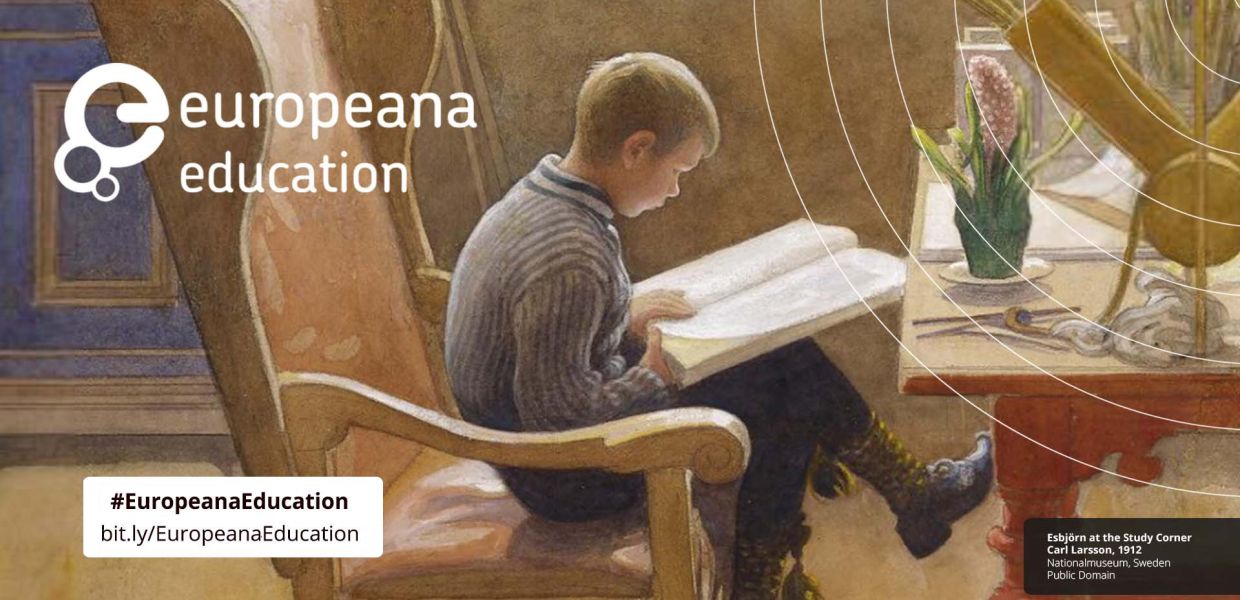Guide to using Europeana in Education

This guide introduces the basic principles of searching for and using Europeana’s content in education. It covers topics like copyright and licenses that allow educational reuse, and how you should credit Europeana content when you use it. It is of use to educators across all subjects, students and lifelong learners, developers of educational resources and educational publishers.
